What is the focal length of a lens and how to determine it?

A newcomer to the world of photography probably already knows that professionals use several different lenses to shoot different objects, but they do not always understand how they are distinguished, and why they provide a different effect. In the meantime, without the use of various accessories, you cannot become a professional photographer - the pictures will be too monotonous, and often simply stupid. Let's lift the veil of mystery - let's take a look at what focal length is (the main difference between lenses) and how it affects photography.
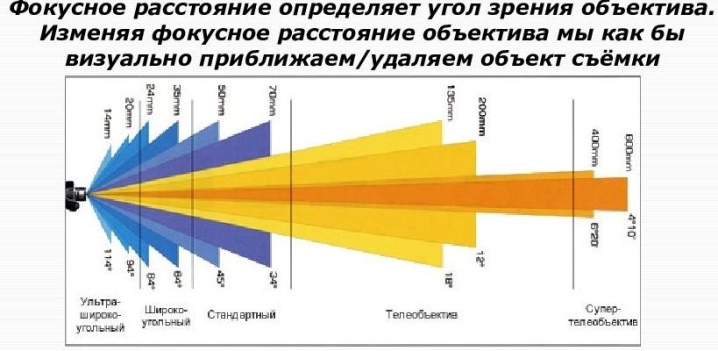
What it is?
First of all, you should understand that any normal lens is not one lens, but several lenses at once. Being located at a certain distance from each other, the lenses allow you to see objects well at a specific point of distance. It is the distance between the lenses that determines which plan will be better seen - front or back. You see a similar effect when you hold a magnifying glass in your hands: it is one lens, while the second is the lens of the eye.
By moving the magnifying glass relative to the newspaper, you see the letters either larger and sharper, or even blurry.
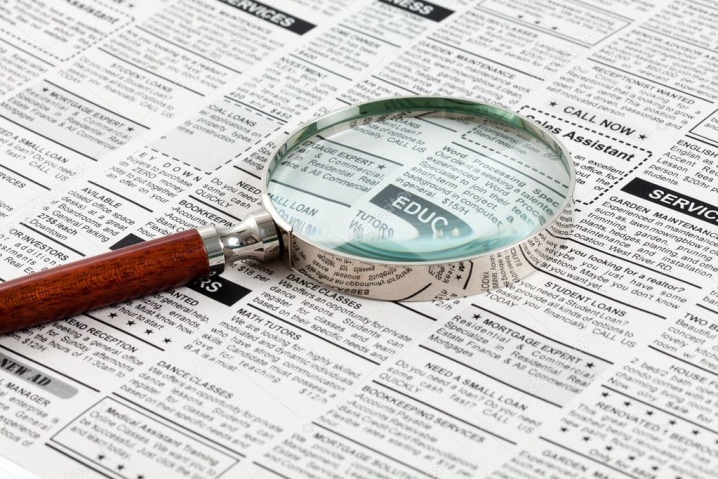
The same thing happens with the optics in the camera - the objective lenses should "catch" the image so that the object you need clearly lies on the film in old cameras and on the matrix - in new, digital models... In the bowels of the lens, there is a point shifting depending on the distance between the lenses, at which the image is compressed to an extremely small size and flipped - it is called the focus. The focus is never directly on the matrix or film - it is located at a certain distance, measured in millimeters and called the focal distance.
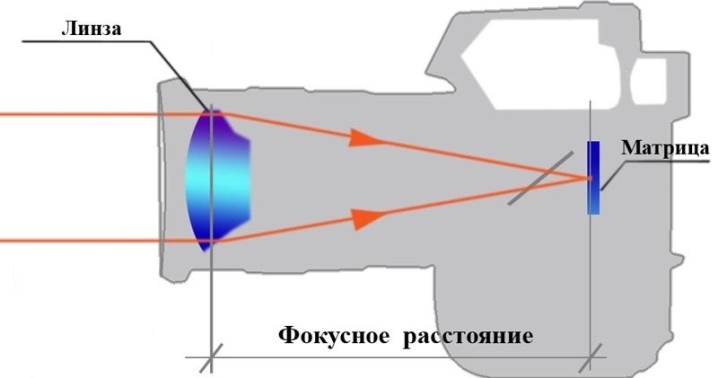
From the focus to the matrix or film, the image gradually begins to increase again in all directions, because the longer the focal length, the larger we will see what is shown in the photo. This means that there is no "best" focal length - just different lenses are designed for different needs. A short focal length is great for capturing a large-scale panorama, the largest, respectively, act like a magnifying glass and are able to shoot a small object large, even from a long distance.

Modern lenses of photo and video cameras leave their owners with the possibility of optical zoom - the one that "enlarges" the scale of a photograph without reducing its quality.
You've probably seen how the photographer, before taking a picture, twists and turns the lens - with this movement he brings the lenses closer or further away from each other, changing the focal length... For this reason, the focal length of lenses is not indicated as one specific number, but as a certain range between two extreme values. However, there are also "fixes" - lenses with a fixed focal length, which shoot more clearly than the correspondingly adjusted zooms, and are cheaper, but at the same time do not leave room for maneuver.
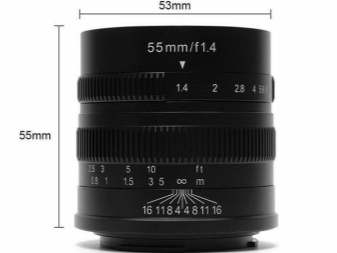
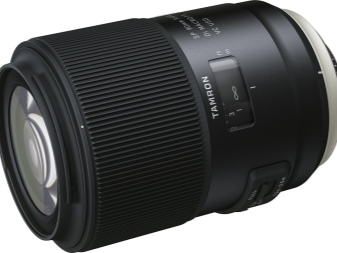
What does it affect?
Skillful focal length play is an essential skill for any professional photographer. Wherein The lens for each photo (or the focal length set on it) must be chosen wisely, understanding how the final frame will look due to your choice.
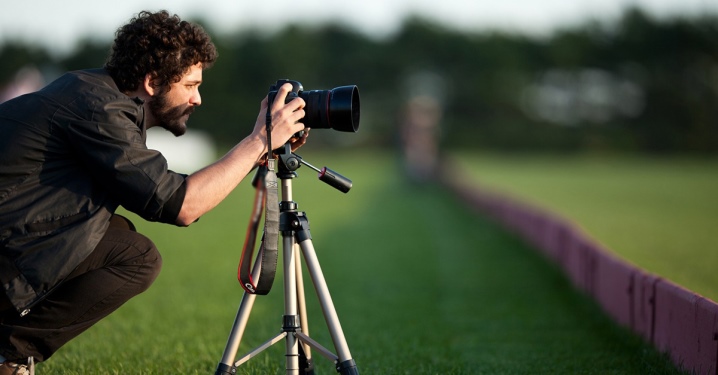
For the future
Globally speaking, the shorter the focal length of the optics, the more it can capture into the frame. Accordingly, on the contrary, the higher this indicator, the smaller the perspective area appears in the photograph. The latter in this case is not at all a disadvantage, because devices with long focal lengths transfer small objects to a full-size image without loss of quality.
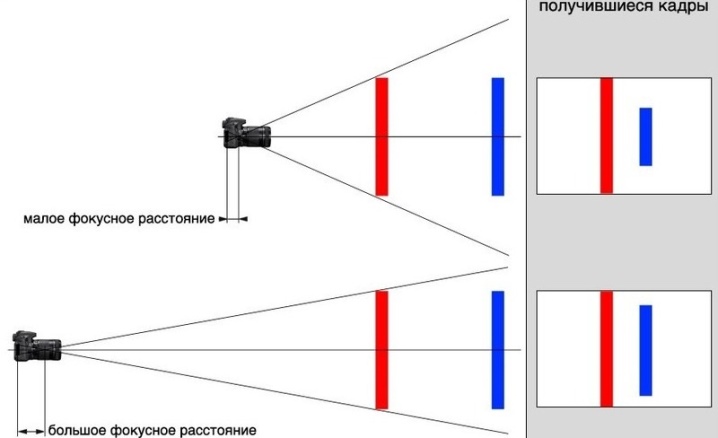
Thus, for photographing large objects at short distances, equipment with short focal lengths will be most practical. Close-up photography, especially from large distances, will be much more productive at a considerable focal length. It should be remembered that too small a focal length will inevitably give well-visible distortions at the edges of the frame.
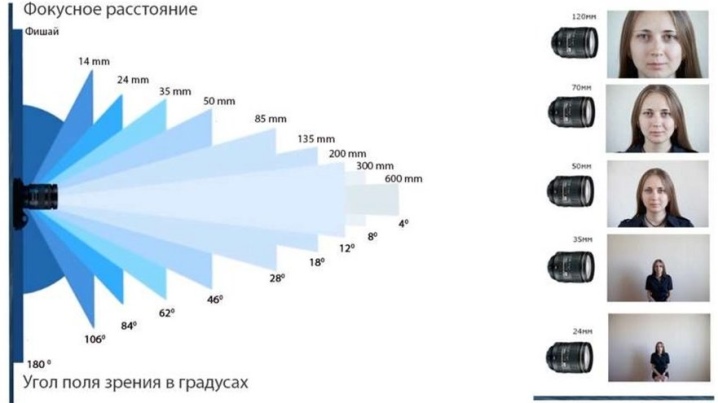
On blur and depth of field
The two are interconnected, and DOF (stands for Depth of Sharpness) is a term that every professional should understand. You have probably noticed more than once that in a professional photo, the central subject of the picture stands out with increased sharpness, while the background is deliberately blurred so as not to distract from the contemplation of the main thing. This is no coincidence - this is the result of a competent miscalculation.
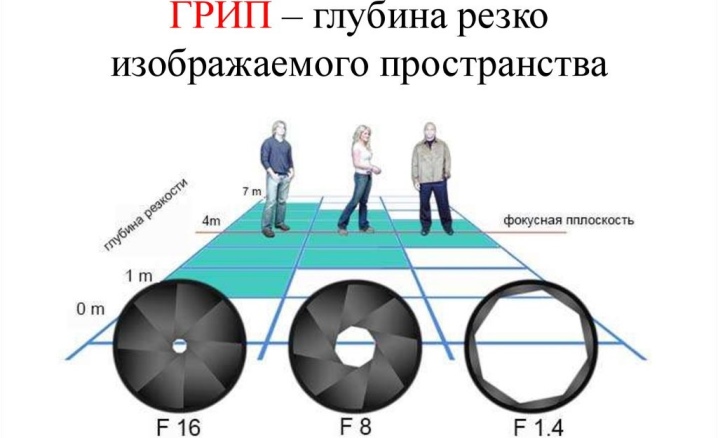
An error in the calculations will lead to the fact that the frame will fall into the category of amateur, and even the subject itself will not be really sharply displayed.
In fact, not only the focal length affects depth of field and blur, but the larger the latter, the less depth of field - provided that all other parameters are the same. Roughly speaking, optics with a short focal length with approximately the same clarity will shoot both a person and a landmark behind him.
A typical lens with average performance will give a characteristic picture - you can see a person well, and behind him everything is in a fog. Equipment with a long focal length is especially difficult to focus, because it will blur even what is located immediately behind the object being shot - this effect you have seen in broadcasts about wild animals, when the operator points the camera at an animal resting at a great distance from him.
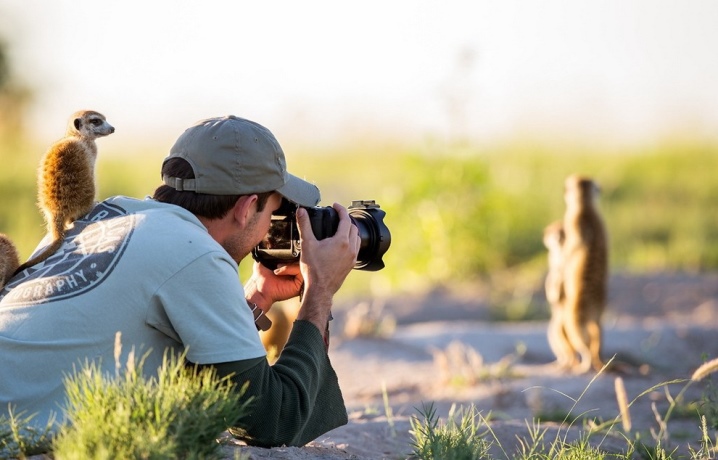
View angle
Since a short focal length allows you to capture a wider panorama and significantly more objects in the frame, it is logical to assume that it provides a wider angle of view in both width and height. It should be noted that it will still be difficult to surpass human vision, because the focal length of a person is approximately 22.3 mm in width of the view. Nevertheless, there is equipment with even lower indicators, but then it will somewhat distort the picture, inappropriately bending the lines, especially on the sides.
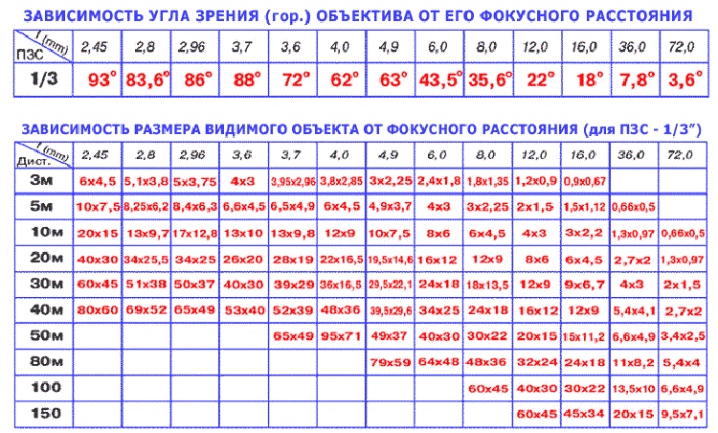
Respectively, a long focal length gives a small viewing angle. It is specifically designed for shooting small objects as close up as possible. A simple example is a full-frame photograph of a person's face. By the same logic, any relatively small objects shot from a long distance can be cited as an example: the same person in full growth, if he occupies the entire frame, but was shot from several tens of meters, also represented only a small part of the entire panorama.
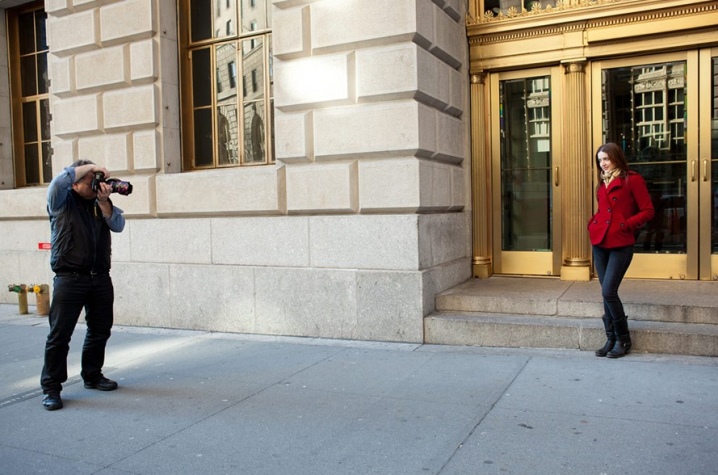
On the scale of the image
The difference in focal length is visible if the final photo is the same size - in fact, it will be so if you photograph with one camera, and change the focal length by replacing the lens. In a photo taken with a minimum focal length, the entire panorama will fit - everything or almost everything that you see in front of you. Accordingly, the frame will contain a lot of different details, but each of them in the photograph will have relatively little space, it will hardly be possible to examine it to the smallest detail.
A long focal length will not allow you to evaluate the whole picture as a whole, but what you see can be seen to the slightest nuance.

If the focal length is really great, you don't even need to get close to the subject to see it as if it is right in front of you. In this sense, long focal lengths act like magnifiers.
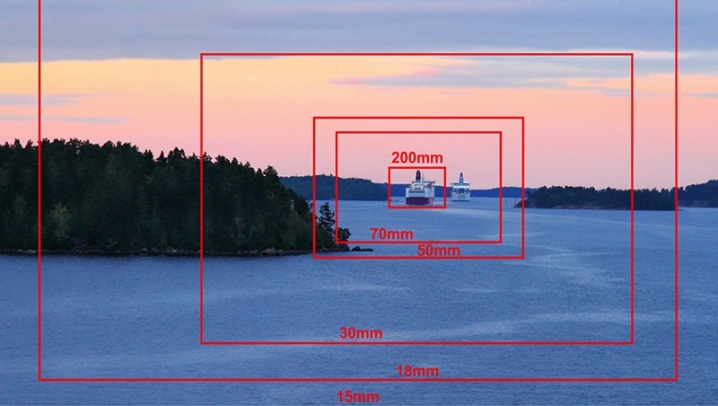
Classification
Each lens model has its own minimum and maximum focal lengths, but still they are usually divided into several large classes, which generally outline the most likely area of potential use. Let's consider this classification.
- Ultra wide angle lenses feature a tiny focal length of no more than 21mm. This is equipment for shooting landscapes and architecture - any whopper will fit into the frame, even if you are very close to it. This is very likely a distortion known as a fisheye: the vertical lines on the sides will be deformed, expanding towards the center in height.

- Wide angle lenses have a slightly larger distance - 21-35 mm. This equipment is also for landscape photos, but the distortions are not so striking, and you will have to move away from very large objects. Such equipment is typical for landscape photographers.
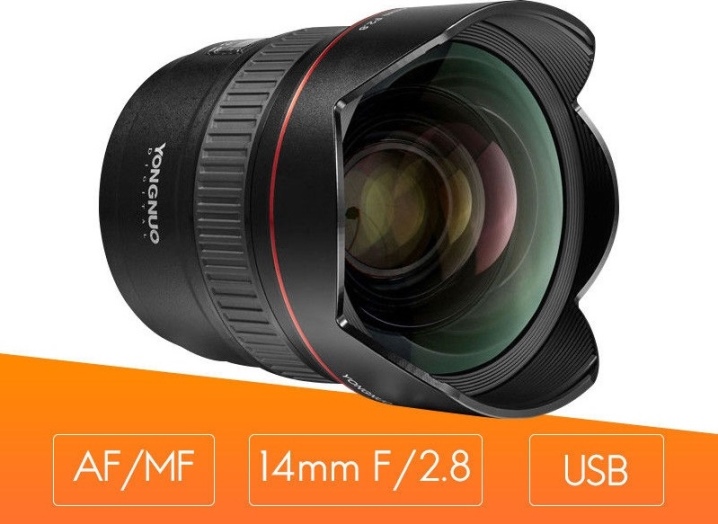
- Portrait lenses speak for themselves - they are best suited for photographing people and other similar objects. Their focal length is in the range of 35-70 mm.

- Long focus equipment focuses at 70-135 mm from the film or sensor, it is easy to identify by the noticeably elongated lens. It is also often used for portraits, but already in close-ups - so that you can admire every freckle. This lens is also suitable for shooting still lifes and other small objects that need to be captured in excellent quality.
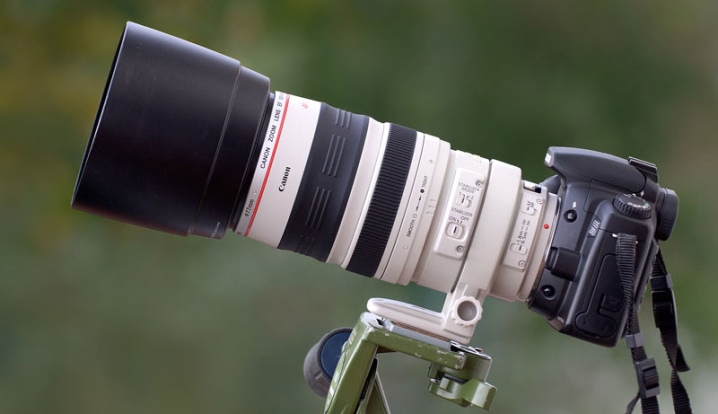
- Telephoto lenses have the largest focal length - 135 mm and more, sometimes much more. With such a device, the photographer can take a large picture of the expression on the face of a football player on the field, even if he himself is sitting far away on the podium. Also, wild animals are photographed with such equipment, which will not tolerate an overly obvious violation of their personal space.
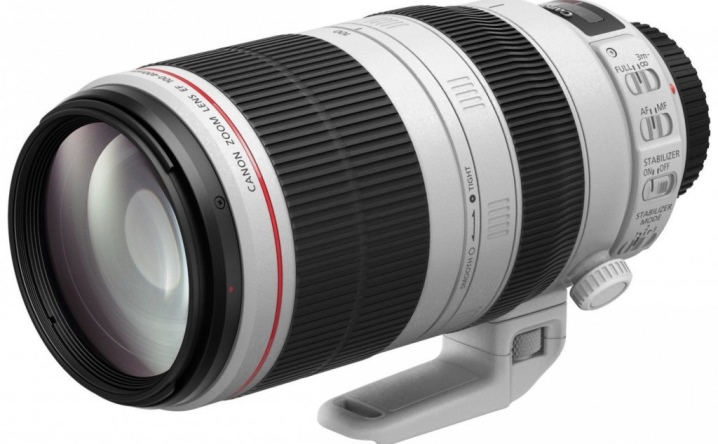
How to determine?
It is not difficult at first glance to find out what is the distance from the focus to the sensor or film for a particular lens. The fact is that manufacturers themselves indicate this on the box, and sometimes directly on the lens, to make it easier for the photographer to deal with their technique... Detachable lenses can also be roughly distinguished by their size - it is clear that a telephoto lens with its focal length of 13.5 cm will have a much more elongated body than a portrait or wide-angle one.
However, it should be separately mentioned that the characteristics of some inexpensive cameras with a fixed lens often feature fantastic focal lengths, for example, 7-28 mm.

When photographing, you will immediately notice that this, of course, is not entirely true - more precisely, from a physical point of view, this indicator is, but there is one snag: the matrix of the device is noticeably smaller than a standard frame of 35 mm film. Because of this, with a tiny matrix size, only a small part of the perspective falls on it anyway, so the "objective" focal length will turn out to be several times larger.

You can find out the exact focal length only if you know how many times the matrix is smaller than a frame of 35 mm film. The formula is to multiply the physical focal length by the crop factor of the matrix - this is how many times the matrix is smaller than the full one. Film cameras and digital cameras with a film-size sensor are called full-size, and the technique where the sensor is cropped is called "cropped".
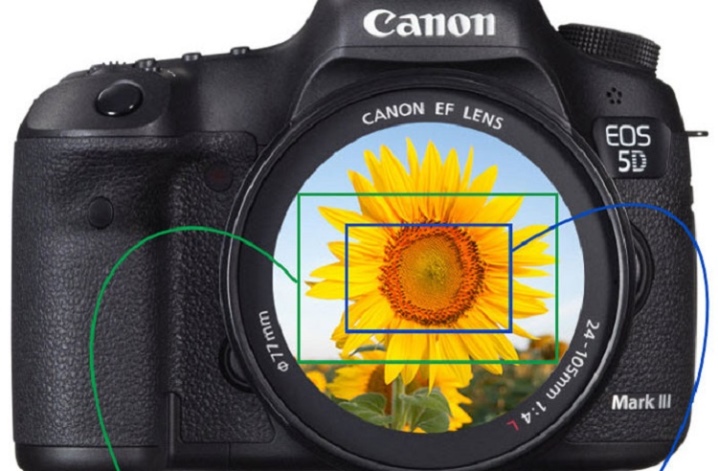
As a result, the strange super-wide-angle "soap box" with a focal length of 7-28 mm will probably turn out to be an average user camera, just "cropped". Cheap models with fixed lenses are "cropped" in 99.9% of cases, and with a large crop factor - within 3-4. As a result, both 50 mm and even 100 mm of the "real" focal length will be available to your unit, although physically the distance from the focus to the sensor is really no more than 3 cm.
It is worth remembering that recently for cropped cameras, removable cropped lenses have been produced, which are more practical in this case. This somewhat complicates the task of finding the ideal equipment, but it allows you to choose optics specifically for your camera.
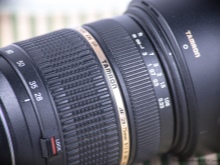
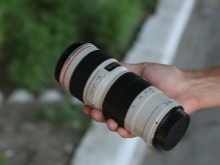
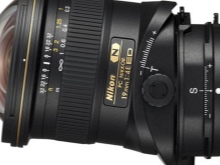
How to change?
If your camera does not imply the presence of a removable lens, but is equipped with an optical zoom (the lens is able to "move out"), then you change the focal length in this way. The issue is solved by special buttons - "zoom in" ("zoom in") and "reduce" the image. Accordingly, a close-up picture was taken with a long focal length, a landscape picture - with a small one.
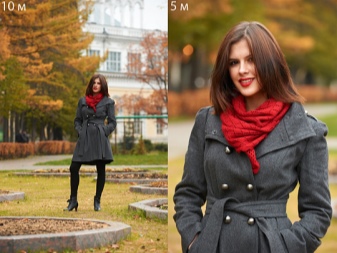

Optical zoom allows you not to lose image quality and not reduce the expansion of the photo, no matter how you zoom in before taking a photo. If your lens does not know how to “go out” (as in smartphones), then the zoom is digital - trying to zoom in, the technique simply shows you a fragment of its review in more detail, but at the same time you lose both in quality and in expansion.


This does not change the focal length.
If the lens of the unit is removable, but at the same time it is "fixed" with a clearly defined focal length, then the latter can only be changed by replacing the optics. This is not the worst option, given that the fixes provide excellent picture quality and are relatively inexpensive. As for the "zooms" (lenses with a range of focal lengths), you just need to turn them clockwise or counterclockwise, while evaluating the picture on the display.
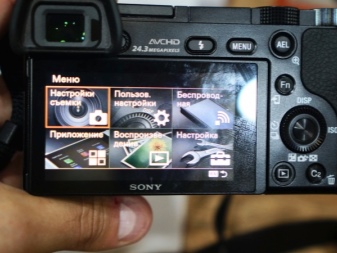

For what is the focal length of the lens, see below.













The comment was sent successfully.